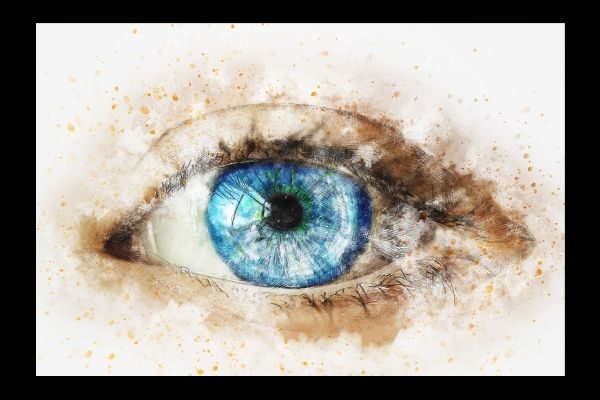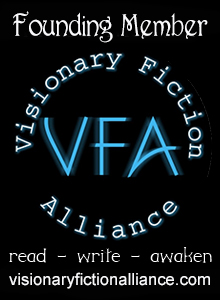
What specific practices, rituals, or habits do writers and artists use or evoke to assist the creative flow?
That’s one of the questions Janet Conner asked of the following four guests on Bonus Night of her Plug In Telecourse:
- Gail McMeekin (writer and creativity coach)
- Mary Anne Radmacher (artist and writer)
- Rebecca LoCicero (writer and medium)
- Ann Hartley (Dutch master painter)
Surprisingly, or maybe not so surprisingly, their answers didn’t vary all that much. In fact, I can narrow them all down to ten:
Tips for Writers and Artists
-
Consult your guides. The creative path can be lonely. Gail McMeekin said it helps to consult with guides (Secret #7 from her book, 12 Secrets of Highly Creative Women), be it for inspiration or spiritual support. Guides come in many forms, including books, groups, and mentors. Define your need and what style of guidance will support that need, and be careful about who you invite into your circle. Mary Anne Radmacher added, “Your trusted guide will hold up a mirror to yourself.”
-
Focus. Gail uses journaling to organize her thoughts and set priorities, because often she has more ideas than she can accommodate at once. Mary Anne chooses a book to keep company with for four months at a time. She reads until something “zings” her and then she focuses on that for the day. Mary Anne said to focus on being productive in your own soul and things will come to you.
-
Play. Mary Anne says that for her work is play. Through play, she brings information from the world around her into her art.
-
Relax into your art and take time to feed your soul. Stress and worry block the creative flow. Ann Hartley loses herself in her work. When she paints, she actually feels as if she’s rearranging the surface of the canvas with her hands. She also said that doing nothing is sometimes absolutely important. Rebecca LoCicero recommended taking Sabbaths and sabbaticals.
-
Send away your inner critic. That’s your monkey mind, and we’re all familiar with this one. But it’s nice to have this reaffirmed by four successful writers and artists.
-
Be kind to yourself and don’t give up your own power. Ann said, “everything exists within yourself. Have faith in that.” Mary Anne added, “Don’t give up your own power. Have faith in your own work and talent and power.”
-
Keep an open mind. This suggestion also came from Ann. She said that negative space is as important and non-negative space, what you leave out is as important as what you leave in. This goes with Mary Anne’s suggestion to bring information from the world around you into your art. “We are all dealing with symbol,” she said.
-
Accept. Rebecca said that acceptance through acknowledgment leads to enlightenment
- Shoot for the moon. I know, you’ve heard this before, but why not? That’s what all of these guest artists do with great success.
- Have a grateful heart. As with all of the answers above, there was an overall consensus on this one. Gratitude works wonders in assisting an artist’s creative flow.
I took the liberty of reading “between the lines” and coming up with a few generalities of my own after listening to these guest artists speak.
My own take on Tips for Writers and Artists
- All of these talented women have, in one form or another, stepped out of the box and into what Janet Conner calls “The Intersection,” Elizabeth Berg calls, “The Open” (Escaping into the Open, the art of writing true), and I call “The Between.”
-
They have plugged into the Intelligence that exists as potentialities around them and aligns to their own particular talent, often relying on intuition and extrasensory powers to do so.
-
They live multidimensional lives and know how to connect with their inner core (what Margaret Stortz calls “inner spaces of refreshment”), and feed their soul.
-
They are open to life’s messengers, knowing that whatever catches their attention is trying to tell them something and that whatever they pay attention to will grow.
-
They have a flexible response to life and know there aren’t any wrong turns, only new ones.
-
They use their imagination to create something extraordinary out of the everyday.
-
They are the writers, actors, and directors of their own stories.


Margaret, there are times when I tell myself that I will have an answer when I wake up tomorrow to solve my problem and the answer does come.
Hi Dorothy. I've heard that, too. If you plant a question or problem in your mind before you go to bed and then let it go, often your subconscious will seek out the answer for you while you sleep. I find walking works, too. Often by the third mile, when I'm sort of in a meditative state, the answer to a question will just pop into my head.
This is great, Margaret. I especially love being reminded that sometimes we need to play and sometimes we need to do nothing, to free our minds to new ideas. Thanks for posting this.
Great post again, Margaret. I have to agree with Rosi, about playing sometimes instead of writing. I like that idea.
Hi Rosi. Sometimes taking time out to play or do nothing at all is the hardest thing to do, especially since there never seems enough time in the day to do all we feel we need to. But amazingly, when one is not trying to push the river, the mind does some amazing things.
Hi Lee. Too bad playing is so hard for adults. Guess we need to watch the children to remember how.